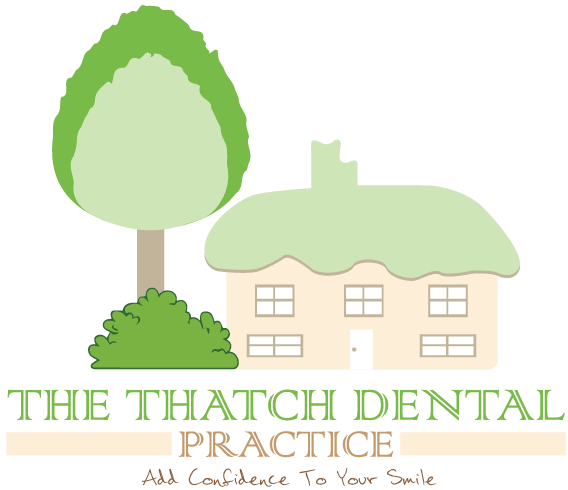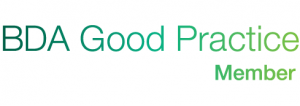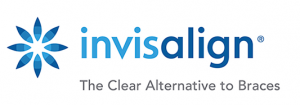Issue: The Concealed Danger of Plaque
Plaque—the adhesive, transparent layer that accumulates on your teeth—may appear innocuous, but it is anything but.
This biofilm serves as a breeding ground for bacteria that thrive on leftover food particles in your mouth. If not addressed, plaque can solidify into tartar, which can result in gum disease, cavities, and even the loss of teeth.
As reported by the CDC, almost 47% of adults over the age of 30 exhibit indications of gum disease, a condition frequently linked to inadequate plaque control.
Although brushing twice daily is a typical routine, numerous individuals still face challenges in effectively eliminating plaque, putting their oral health in jeopardy. Are you among them?
Agitation: The Growing Consequences of Overlooked Plaque
Picture waking up one morning to find your gums swollen or experiencing persistent bad breath that lingers no matter how thoroughly you brush. These symptoms are not merely bothersome—they signal an oral health concern that is becoming increasingly serious.
The build-up of plaque not only affects your teeth; it can also impact your overall health. Studies have connected untreated gum disease to significant health risks such as heart disease and diabetes.
For instance, a study by the American Dental Association (ADA) showcased a patient who assumed that brushing was sufficient.
Even though she followed a consistent brushing regimen, she ended up with gingivitis, which progressed to periodontitis because she overlooked plaque in difficult-to-clean spots.
This situation resulted in expensive and lengthy dental treatments that could have been prevented with effective plaque removal techniques.
If you’ve ever experienced a rough feeling on your teeth or observed staining, it’s essential to reassess your dental care habits before minor concerns develop into significant issues.
Solution: Effective Methods to Eliminate Plaque from Teeth
Preventing plaque isn’t complex, but it demands commitment and the right approach. Here’s how you can keep plaque accumulation at bay:
- Perfecting Your Brushing Technique
Brushing serves as your primary defense, but improper technique can leave plaque behind. Adhere to these recommendations:
- Choose the Right Equipment: Opt for a soft-bristled toothbrush to protect your enamel and gums. Research from the National Institutes of Health indicates that electric toothbrushes can effectively remove more plaque than their manual counterparts.
- Adhere to the 2-Minute Guideline: Brush for a minimum of two minutes to ensure all areas of your teeth—front, back, and chewing surfaces—are thoroughly cleaned.
- Position Your Brush Correctly: Hold your toothbrush at a 45-degree angle against the gumline. This position aids in removing plaque from both the teeth and the areas where they intersect with the gums.
- Flossing: The Game-Changer
Brushing your teeth cleans approximately 60% of their surfaces. Flossing addresses the remaining 40%, eliminating plaque and food debris lodged between teeth. Research published in the Journal of Periodontology indicated that people who floss on a daily basis experience significantly lower rates of gum disease in comparison to those who do not.
To floss properly:
- Use roughly 18 inches of floss, wrapping the majority around your middle fingers, leaving an inch or two to maneuver.
- Carefully slide the floss between your teeth, shaping it around each tooth in a “C” formation and moving it up and down.
- Mouthwash: The Final Step
Antibacterial mouthwash is effective in eliminating bacteria that may remain after you brush and floss. Seek out options that include fluoride, known for its ability to fortify enamel, or chlorhexidine, which helps fight plaque. Nevertheless, remember that mouthwash should not be your only line of defense—it serves as an addition, not a replacement for brushing and flossing.
- Routine Dental Appointments
Regardless of how meticulous you are, professional cleanings are crucial. Dentists and hygienists utilize specialized instruments to eradicate tartar, the hardened version of plaque that regular brushing and flossing cannot remove. The ADA advises seeing your dentist at least twice yearly for checkups and cleanings.
Case Study Insight: A patient who had skipped dental appointments for three years presented with significant tartar accumulation. Following an extensive cleaning and the implementation of a better oral care routine, which included professional cleanings every six months, she experienced a remarkable enhancement in her gum health within a year.
- Modifications to Your Diet
Your food choices greatly influence the development of plaque. Sugary and carbohydrate-rich items nourish the bacteria responsible for plaque. Instead, concentrate on:
- Crisp Fruits and Vegetables: Options such as apples, carrots, and celery can naturally clean your teeth while promoting saliva flow, which helps neutralize acids.
- Dairy Items: Foods like cheese, milk, and yogurt are abundant in calcium and phosphate, which fortify your teeth and minimize plaque accumulation.
- Water: Sipping water after meals aids in rinsing away food remnants and bacteria.
- Consider Using Plaque-Disclosing Tablets
For a more visual method, utilize plaque-disclosing tablets found at many drugstores. These tablets temporarily color the plaque, highlighting spots you might have overlooked while brushing. This method is especially beneficial for kids who are developing proper oral hygiene practices.
- Stop Smoking
Smoking not only discolors teeth but also encourages plaque accumulation and diminishes gum health. Research indicates that individuals who smoke are considerably more prone to experiencing gum disease compared to those who do not smoke. Ceasing smoking is an essential move toward achieving healthier teeth and gums.
- Herbal Solutions
Although they should not replace brushing and flossing, certain natural solutions can enhance your oral care routine:
- Oil Pulling: Swishing a tablespoon of coconut oil in your mouth for 10-15 minutes may assist in lowering bacteria levels.
- Baking Soda: As a mild abrasive, baking soda can help eliminate surface stains and lessen plaque buildup. However, it’s important to use it in moderation to prevent enamel wear.
The Key Takeaway
Getting rid of plaque isn’t a one-off solution; it’s an ongoing dedication. By perfecting your brushing and flossing skills, opting for healthier food choices, and keeping up with regular dental check-ups, you can preserve a plaque-free grin.
Don’t postpone your efforts until you encounter gum disease or tooth loss. As the ADA research emphasized, minor adjustments now can avert major oral health problems in the future.
Take control of your dental health—it’s invaluable for every smile.









